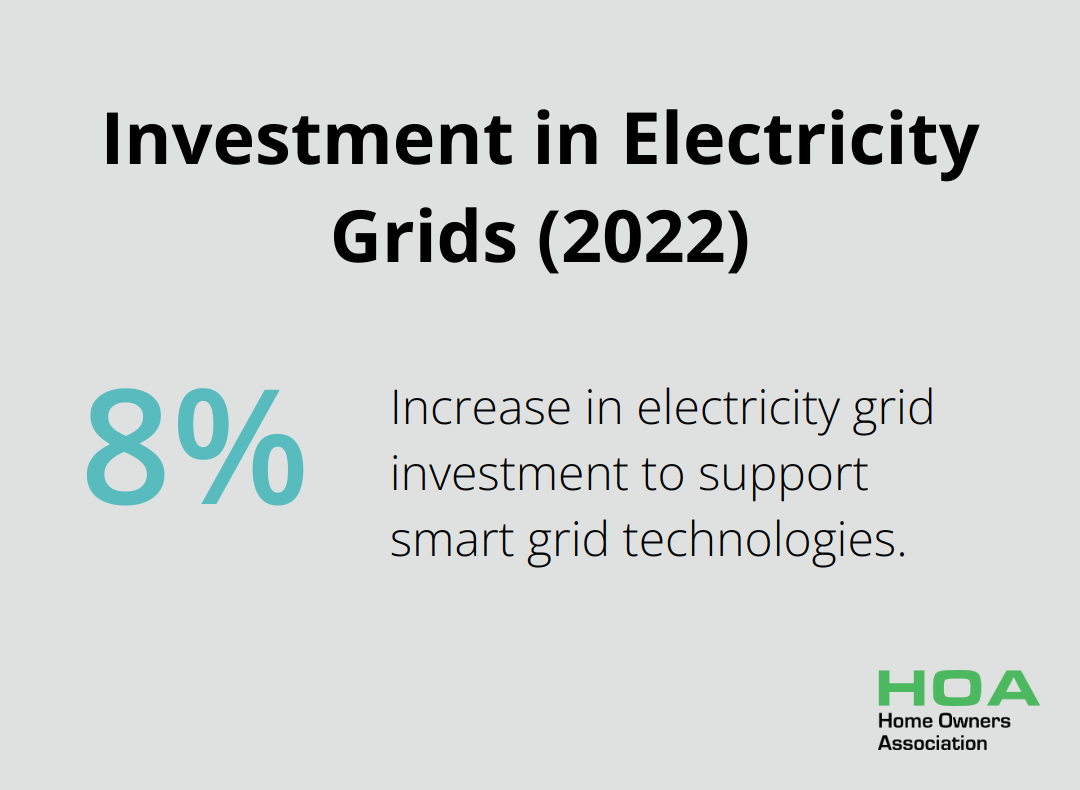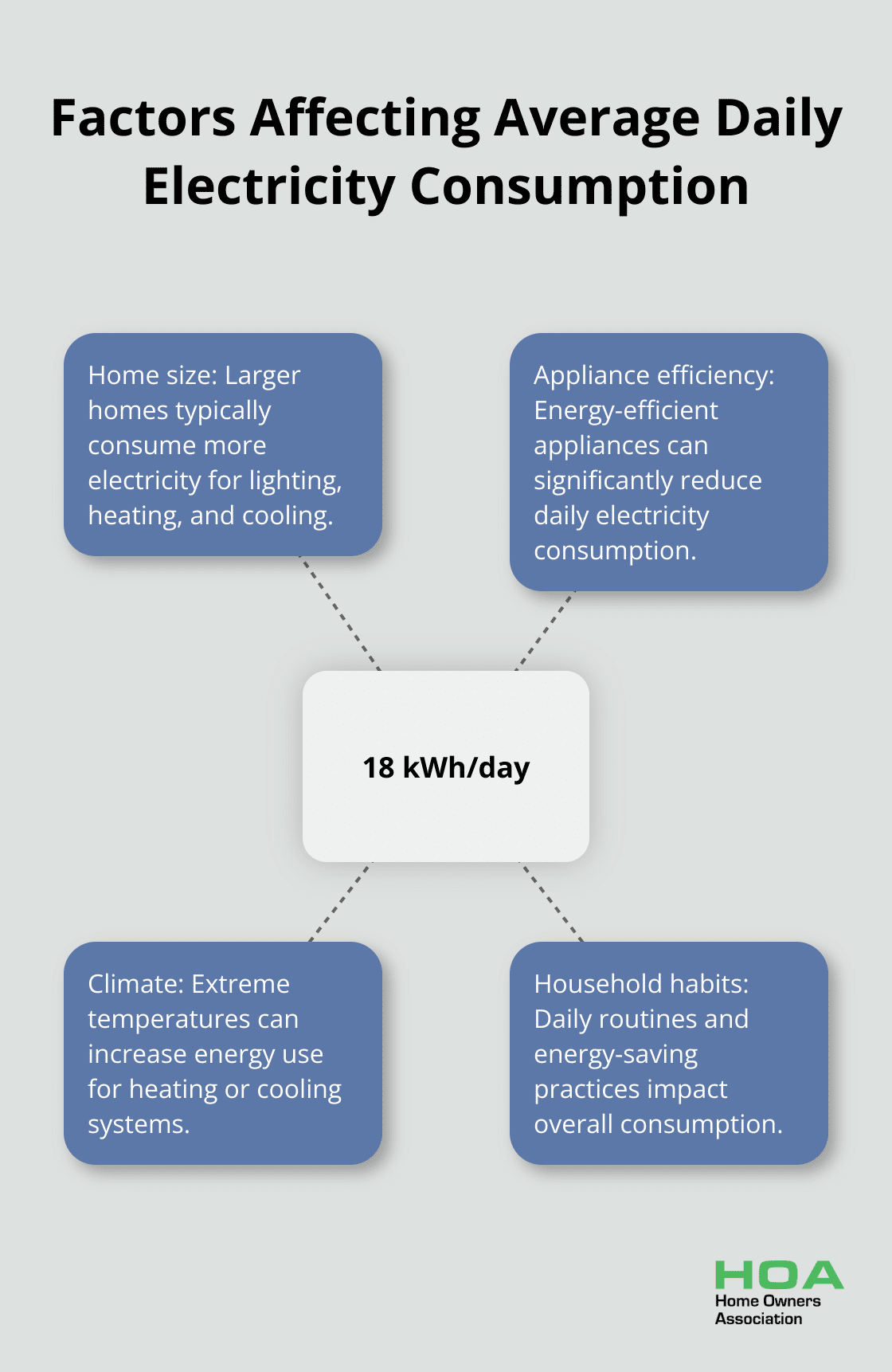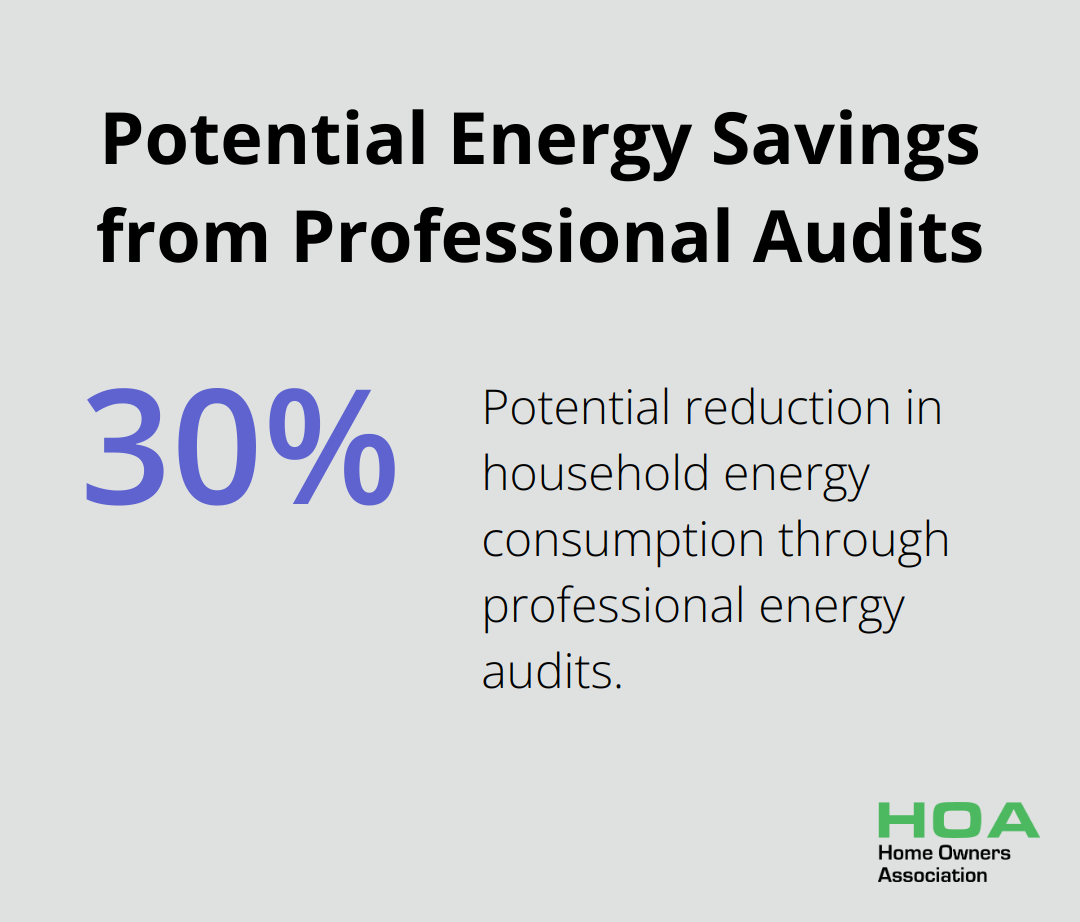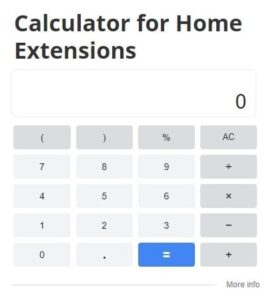
At Home Owners Association, we’ve seen a growing interest in energy management systems for home. These innovative solutions offer homeowners unprecedented control over their energy consumption and costs.
Implementing an effective energy management system can lead to significant savings on utility bills while reducing your carbon footprint. In this post, we’ll guide you through the process of choosing and setting up the right system for your home.
What Are Home Energy Management Systems?
The Foundation of HEMS
Home Energy Management Systems (HEMS) provide homeowners with unparalleled control over their energy consumption. These systems integrate hardware and software to monitor, analyse, and optimise energy usage in residential settings.
A central control unit forms the core of a HEMS, communicating with various smart devices throughout your home. This includes smart meters (which offer real-time data on electricity usage) and smart appliances (which can be controlled remotely). The system often incorporates sensors to detect occupancy, temperature, and lighting conditions.
Investment in electricity grids increased around 8% in 2022, with both advanced and emerging economies accelerating investment to support and enable the integration of smart grid technologies.

Optimising Energy Efficiency
HEMS primarily function to optimise energy consumption. They can automatically adjust heating and cooling systems based on occupancy and weather conditions.
These systems also integrate with solar panels and battery storage systems, allowing you to maximise the use of self-generated renewable energy. This integration significantly reduces reliance on grid electricity, resulting in lower bills and a smaller carbon footprint.
Data-Driven Insights for Homeowners
One of the most valuable aspects of HEMS is the wealth of data they provide. Through user-friendly interfaces (often accessible via smartphone apps), homeowners can view detailed breakdowns of their energy usage. This information enables you to make informed decisions about your consumption habits.
For example, you might discover that your old refrigerator consumes far more energy than you realised, prompting an upgrade to a more efficient model. Or you might notice that your energy usage spikes during certain hours, allowing you to adjust your routines to take advantage of off-peak rates.
The Future of Home Energy Management
As technology advances, HEMS continue to evolve. Future systems may incorporate artificial intelligence to predict energy usage patterns and automatically optimise consumption. They may also integrate with smart grids, allowing homes to participate in demand response programs and contribute to overall grid stability.
The adoption of HEMS represents a significant step towards more sustainable and cost-effective home energy management. As we move towards a future of smarter, more connected homes, these systems will play an increasingly important role in how we consume and manage energy.
Now that we understand what Home Energy Management Systems are and how they function, let’s explore how to choose the right system for your home.
Selecting Your Ideal Home Energy Management System
Evaluating Your Home’s Energy Profile
The first step in choosing the right energy management system is to understand your home’s energy consumption patterns. Review your past utility bills to identify peak usage periods and overall consumption trends. This information will help you determine which features are most important for your situation.
The Australian Energy Regulator reports that the average Australian household consumes about 18 kilowatt-hours (kWh) of electricity per day. However, this can vary significantly based on factors such as home size, appliance efficiency, and climate. Knowing where you stand in relation to this average can guide your system selection.

Understanding Available System Types
Energy management systems come in various forms, ranging from basic smart thermostats to comprehensive whole-home solutions. Here are some popular options:
- Smart thermostats: These devices are developed to conserve power, reduce electricity consumption, and create environmentally friendly houses.
- Smart Power Strips: These automatically cut power to devices in standby mode, potentially saving on phantom energy costs.
- Whole-home systems: These can include rooftop PV solar and home battery systems. Orchestrated batteries can offer significant benefits to consumers and the distribution network.
- Solar-Integrated Systems: For homes with solar panels, these systems optimise the use of self-generated power and manage battery storage.
Key Features to Consider
When evaluating different systems, pay attention to these important features:
- Real-Time Monitoring: Look for systems that provide detailed, real-time energy consumption data. This allows you to make immediate adjustments to your usage patterns.
- Remote Access: The ability to control your system via smartphone app is essential for maximising convenience and efficiency.
- Integration Capabilities: Ensure the system can integrate with your existing smart home devices and appliances.
- Automated Scheduling: Advanced systems can automatically adjust energy usage based on your routines and preferences.
- Utility Rate Integration: Some systems can optimise energy use based on time-of-use pricing from your utility provider.
- Expandability: Consider whether the system can grow with your needs, allowing for the addition of new devices or features in the future.
The most expensive system isn’t always the best fit for your home. Focus on finding a solution that addresses your specific energy challenges and aligns with your long-term goals for energy efficiency and cost savings.
Assessing Long-Term Value
While upfront costs are important, also consider the long-term value of your investment. Factor in potential rebates and incentives offered by your local government or utility company. These can significantly offset initial costs and improve your return on investment.
Now that you understand how to select the ideal energy management system for your home, let’s move on to the practical steps of implementing your chosen system.
How to Set Up Your Home Energy Management System
Conduct a Comprehensive Energy Audit
The first step in implementing your Home Energy Management System (HEMS) is to conduct a thorough energy audit of your home. This audit will provide a baseline for your current energy consumption and identify areas for improvement. The Department of Industry, Science, Energy and Resources reports that professional energy audits can help households reduce their energy consumption by up to 30%.

During the audit, focus on your major appliances, heating and cooling systems, and lighting. Note their energy ratings and usage patterns. This information will be essential when you program your HEMS later.
Install Smart Meters and Sensors
After you have a clear picture of your energy usage, install the hardware components of your HEMS. This typically includes a smart meter and various sensors throughout your home.
Smart meters provide accurate real-time information about electricity usage. This means no more manual meter readings or estimated bills. In Australia, many energy providers offer smart meter installations at no upfront cost to the consumer.
Sensors play a key role in optimising your energy use. Motion sensors can automatically turn lights on and off, while temperature sensors can help regulate your heating and cooling systems more efficiently. Place these strategically around your home for maximum effect.
Set Up Your Central Control Hub
The heart of your HEMS is the central control hub or software. This is where all the data from your smart meter and sensors is collected, analysed, and acted upon. Most modern systems offer user-friendly interfaces accessible via smartphone apps or web portals.
When you set up your control hub, input detailed information about your home, including its size, layout, and the energy ratings of your appliances. The more information you provide, the more accurately your HEMS can optimise your energy use.
Integrate with Existing Smart Devices
To maximise the effectiveness of your HEMS, integrate it with any smart home devices you already own. This might include smart thermostats, smart plugs, or smart appliances. The integration allows your HEMS to have greater control over your home’s energy consumption.
For example, your HEMS could automatically adjust your smart thermostat based on electricity prices (which can lead to significant savings), or it could schedule your smart washing machine to run during off-peak hours.
Establish Energy-Saving Routines
With your hardware installed and software set up, the final step is to establish energy-saving routines. Use the insights from your energy audit to create schedules that minimise energy waste.
You might programme your HEMS to lower your heating during the night or when you’re away at work. You could set up alerts for when your energy consumption exceeds certain thresholds. Some homeowners even use their HEMS to gamify energy savings, setting monthly targets and tracking their progress.
Implementing a HEMS requires ongoing attention and adjustment to maximise its benefits. Regularly review your energy consumption data and tweak your settings as needed. With consistent use and optimisation, your HEMS can lead to substantial energy savings and a reduced carbon footprint.
Final Thoughts
Energy management systems for home empower homeowners to control their energy consumption and reduce utility bills. These systems provide valuable insights into usage patterns, enabling informed decisions about consumption habits and energy-efficient appliance investments. As technology advances, these systems will offer even greater control and optimisation possibilities, positioning early adopters at the forefront of home energy innovation.
The benefits of implementing a home energy management system outweigh the initial effort. Reduced energy bills, increased home comfort, and a smaller carbon footprint are clear advantages of adopting this technology. Our team at Home Owners Association supports Melbourne homeowners through every step of the process, from system selection to optimisation for specific needs.
We encourage you to take action and join the growing number of homeowners who control their energy consumption. With the right system, you’ll create a more efficient, cost-effective, and environmentally friendly home. The future of energy management is here – embrace it and transform your home’s energy landscape today.





